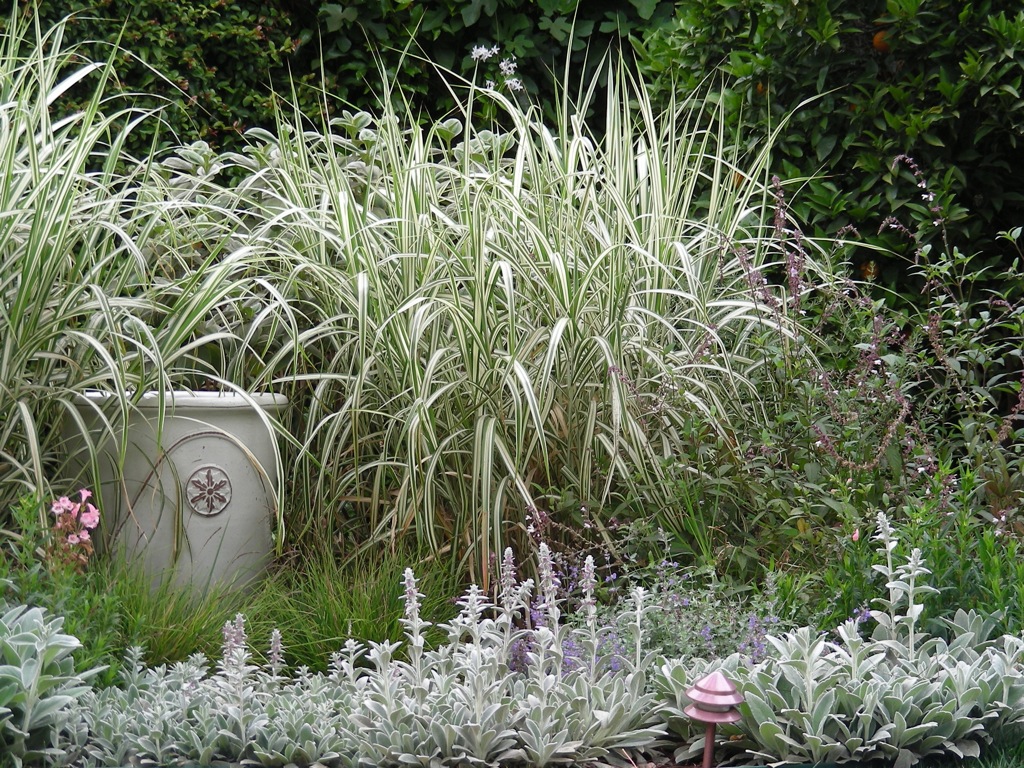
Photo/Illustration: Billy Goodnick

Photo/Illustration: Billy Goodnick
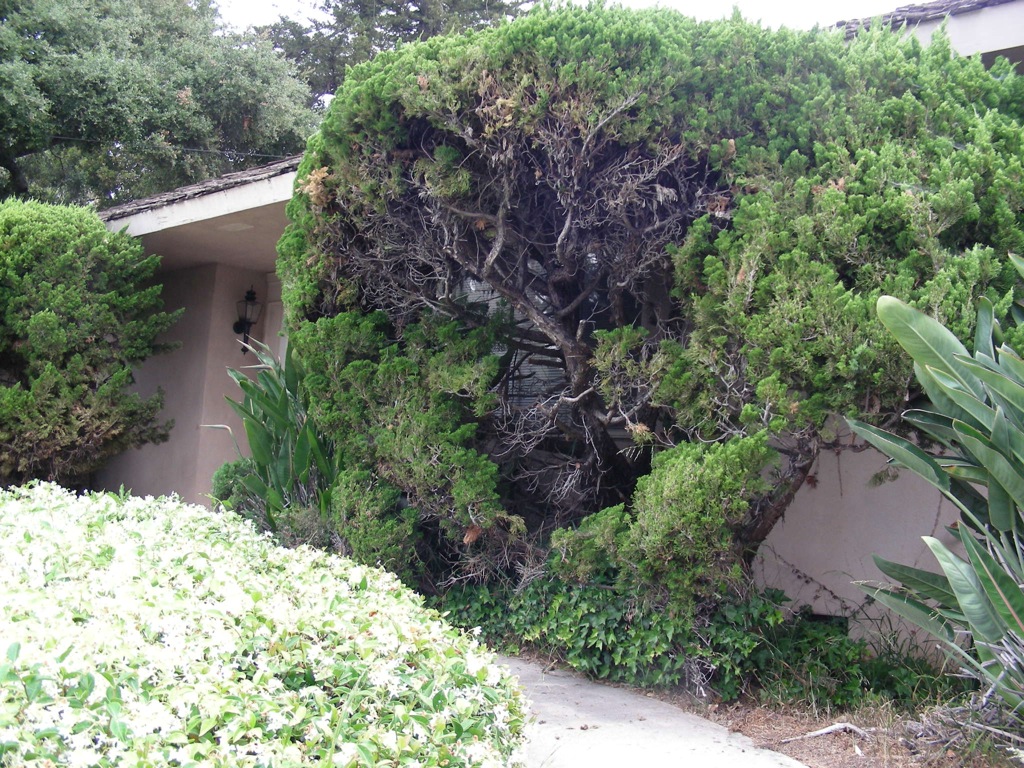
Photo/Illustration: Billy Goodnick
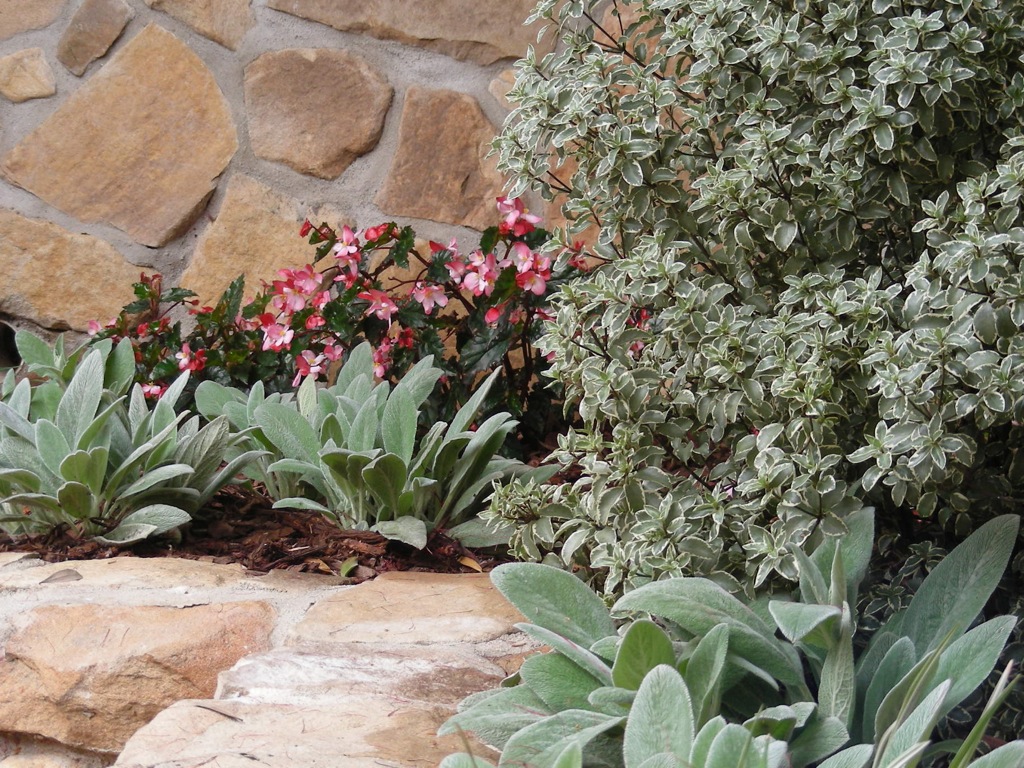
Photo/Illustration: Billy Goodnick
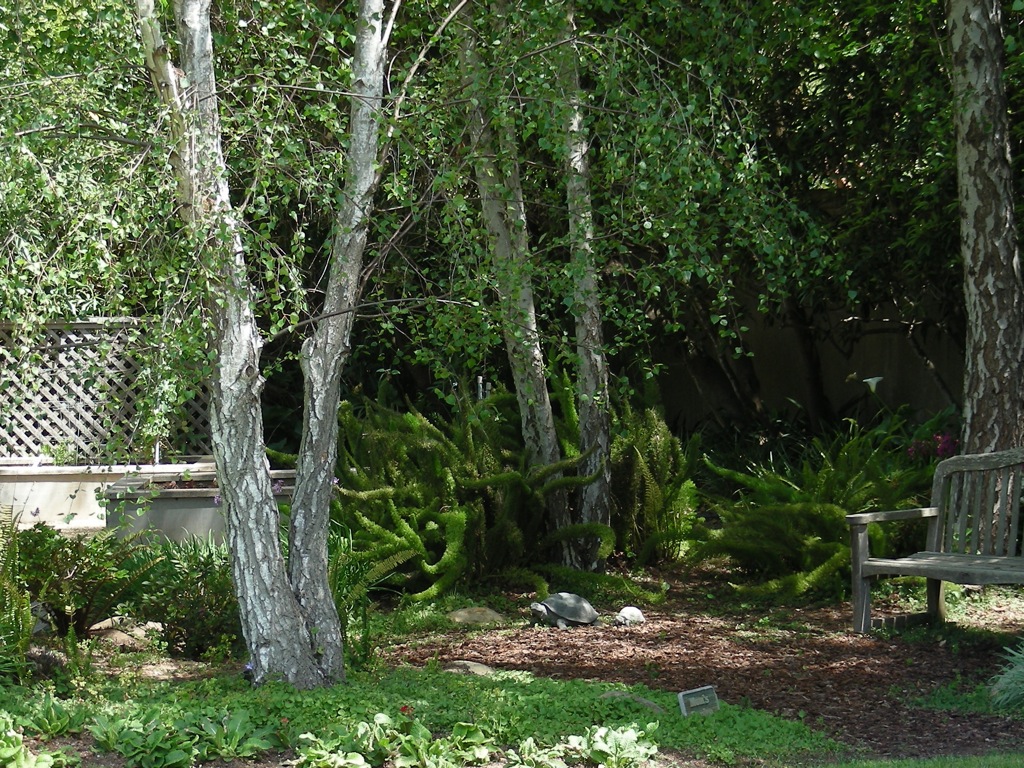
Photo/Illustration: Billy Goodnick
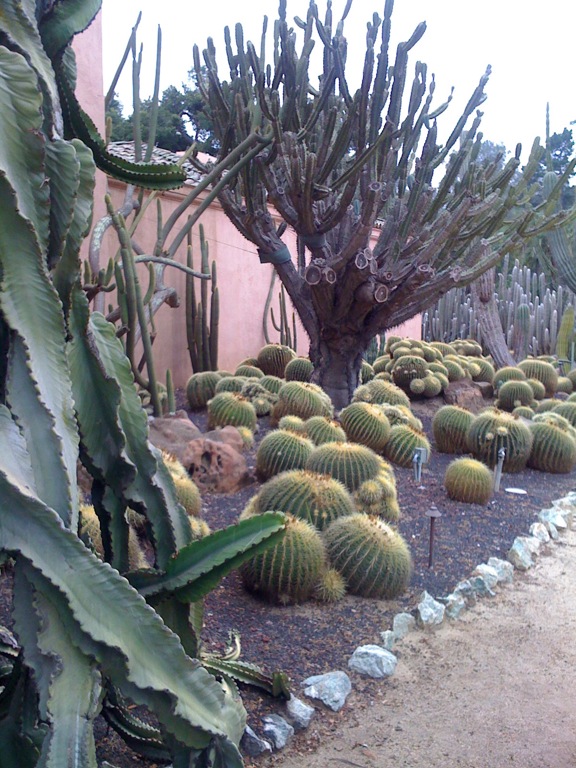
Photo/Illustration: Billy Goodnick

Photo/Illustration: Billy Goodnick

Photo/Illustration: Billy Goodnick

Photo/Illustration: Billy Goodnick

Photo/Illustration: Billy Goodnick

Photo/Illustration: Billy Goodnick

Photo/Illustration: Billy Goodnick
Do you suffer from SMS? Saturday Morning Syndrome is common among gardeners, but frequently goes undetected. The effects of SMS manifest as a garden filled with plants that appear to have been randomly catapulted from a speeding train, then smashed together into an undifferentiated mass of jumbled foliage and clashing colors.
Take this painless diagnostic test to learn if you are among the many gardeners who suffer from this embarrassing and expensive condition.
Do you find it impossible to resist the mysterious power that overtakes your steering wheel as you drive past a nursery?
Does your blood pressure shoot up like a bottle rocket on the 4th of July as you approach the shiny new plants cleverly arranged by the nursery’s sorcerer, er, I mean merchandizing specialist?
 |
|
| Before you buy, learn as much as you can about each new plant. | |
Have you found yourself waking from a dreamlike state, driving home with dozens of strange plants lovingly strapped into the back seat of your car?
Do you find yourself stumbling around your yard, arms extended zombie-like, a plant in each hand, mumbling “Where can I put these?” as you search unsuccessfully for three square millimeters of bare space where you can squeeze in just one more plant?
If you answered ‘yes’ to any of these questions, I recommend that you temporarily surrender your platinum card to a trusted friend or family member, ask the nursery to lay a spike strip across their driveway, chain guard dogs at the entrance, and follow this five-step course of therapy.
Step 1: Know thine plants: Read the little plastic tag in the pot. It contains important info about the plant you’re drooling on. Verify the information with a knowledgeable employee, since local conditions might affect how the plant behaves in your garden. Ask to see a reference book or Google it from your smart phone.
|
|
 |
| Miscanthus ‘Cosmopolitan’ grows more than six feet tall and ten feet wide. Give it plenty of room. | |
 |
|
| When enormous plants are put in confined spaces, the plant (and our eyeballs) suffer. | |
Pay attention to not only the genus (first botanical name, like Acer, or Juniperus, or Miscanthus), but also the species and perhaps the cultivar or variety of the plant (like Acer palmatum ‘Bloodgood’ or Miscanthus sinensis ‘Cosmopolitan’).
A rose might be a rose, might be a rose, but not all maples, junipers or maiden grasses are created equal. Plants of the same genus-and even species-can vary greatly in their mature size and cultural needs. You’ll want to be sure the plant you’re taking home won’t just survive, but will thrive! [Cliff Notes version: Do your homework!]
Step 2: Pre-visualize: Before you close the deal, take a mental walk through your garden. Using the information you’ve learned about your prospective purchase, picture where it can grow to maturity without running into its neighbors. It makes no sense to ignore a plant’s genetic destiny and then find yourself in an adversarial relationship for the rest of that plant’s life. We’re trying to create a bit of natural beauty and Momma Nature has already figured out how to program her kids to look their best, and it doesn’t involve power hedge trimmers.

|
|
| This birch does double duty, providing a shady nook and a strong focal point. |
Step 3: What can it do for you? Sure, you’re buying it because it’s drop-dead-gorgeous, but plants often serve functional roles in the garden as well. What if a properly selected plant casts welcome shade over a favorite reading bench; screens an unwanted view, like your neighbor’s rusted collection of antique bed springs; reduces chilling winds by diverting their energy; or provides an eye-catching focal point in a highly visible bed? As long as you’re investing money and time, it makes sense to get the most out of each plant.
|
|
 |
| Lamb’s ear, Pittosporum ‘Marjorie Channon’, and Richmond begonia look great together, flowers or not. | |
 |
|
| These golden barrel cactus (Echinocactus grusonii) and Euphorbia ingens wouldn’t be very happy receiving as much water as a begonia or fern might prefer. |
Step 4: Think 365: Although it was probably the flowers that grabbed your attention, pretty posies don’t last all year. The plant’s architecture (its size, shape, density, etc.) is more permanent that the flowers. Consider how each plant’s non-floral characteristics contribute to the garden scheme from season to season. Create visual interest by exploiting foliage colors and plant shapes, like combining shrubs that have small, creamy-variegated leaves with large, soft gray foliage.
Step 5: Group plants in hydrozones: Don’t look for this one in your Scrabble dictionary. Hydrozone is a fabricated word used in the green industry. It describes a purposeful grouping of plants with similar watering needs to make irrigation more effective. It’s the opposite of mixing woodland ferns with your golden barrel cactus collection, then putting little umbrellas over the desert plants, so you don’t drown them.
So breathe easy. There’s hope for sufferers of Saturday Morning Syndrome, and it doesn’t involve checking into the Betty Ford Clinic or electrical shocks to the frontal lobe. Surrender yourself to this 5-step program and you’ll have a more beautiful, functional and sustainable garden.




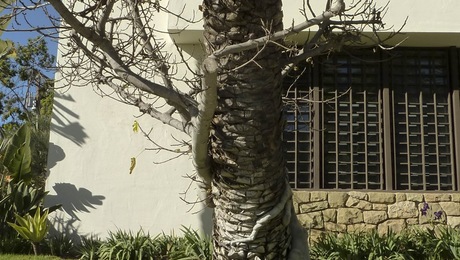












Comments
Witty and wise, as always, BIlly!
Great article, Billy! But thanks for that name of that Miscanthus. I had to leave that behind at the old place and so wanted another one - AND have the room for it! ;o)
This is SO ME! I just spent my Saturday morning buying mums. They're out already - couldn't believe it - HAD to have some.
You're the best!
Shawna
Fun article. I think you know me. I will try hard to remember your rules of green thumb. It won't be easy when my eyes glaze over pulling into the nursery. I am lucky to remember my name surrounded by plant possiblities.:)
Janit: I might have misnamed the Miscanthus. There's a chance it's M. 'Cabaret'. I'll have to check the width of the leaves again. Sorry for the confyoosals.
I'm going to be chuckling all day after reading this!
Thanks for the tips as revealed in the 5 steps...I have been pondering about what to do in my yard. I don't have much time for lawn upkeep and so have toyed with the idea of keeping the grass to a minimum and planting the de-sodded areas with appropriate plantings...but then, how do I know which plants are right for the yard, and for me? I think I'm a little closer to knowing that answer after reading your article. Lots of practical advice there, so thanks again.
Perhaps I can start small, with maybe some low-growing quickly germinating flowers, like marigold and sweet william...I think I want to plant some veggies, too (not in the yard, but back of the garage). The trick is to get started...
Log in or create an account to post a comment.
Sign up Log in